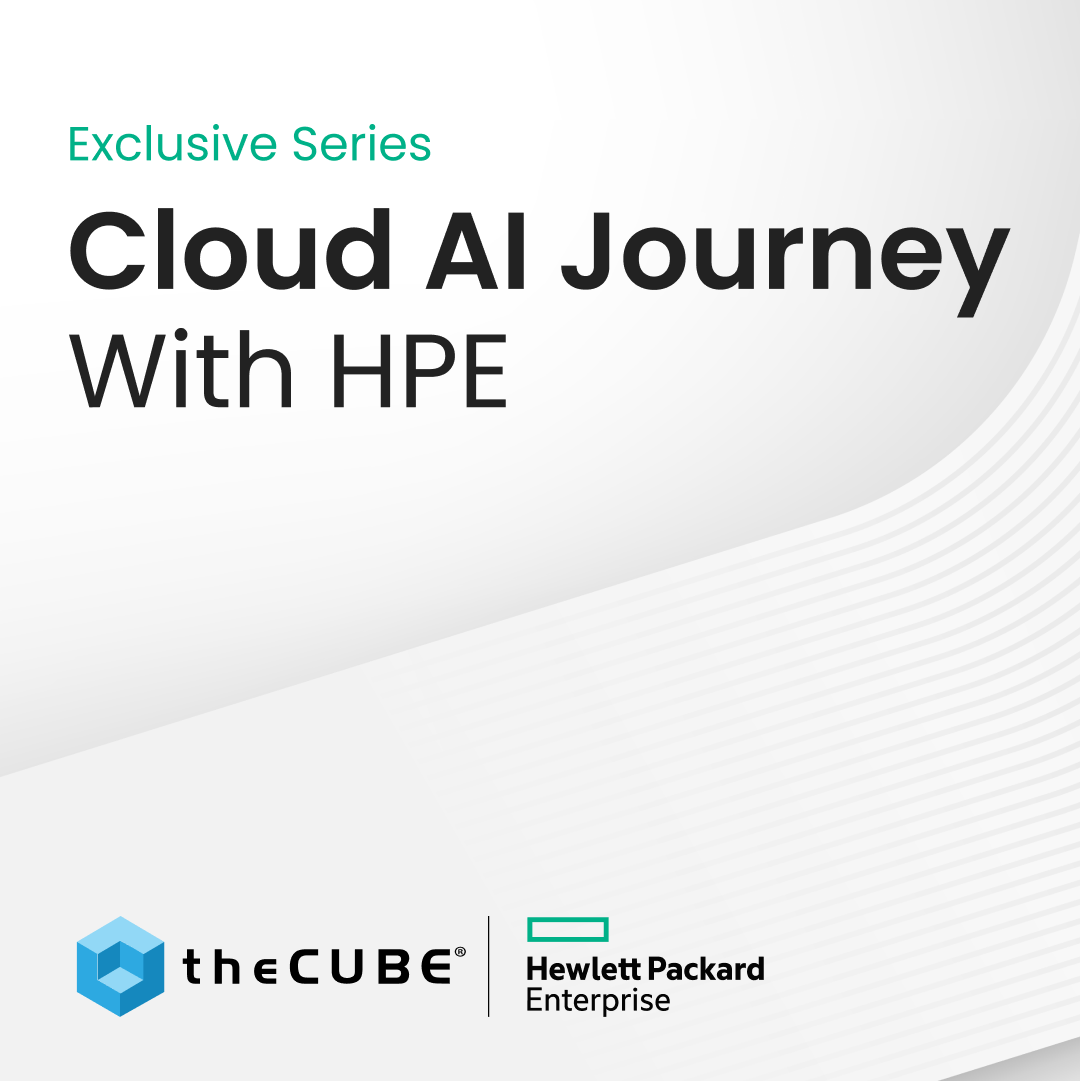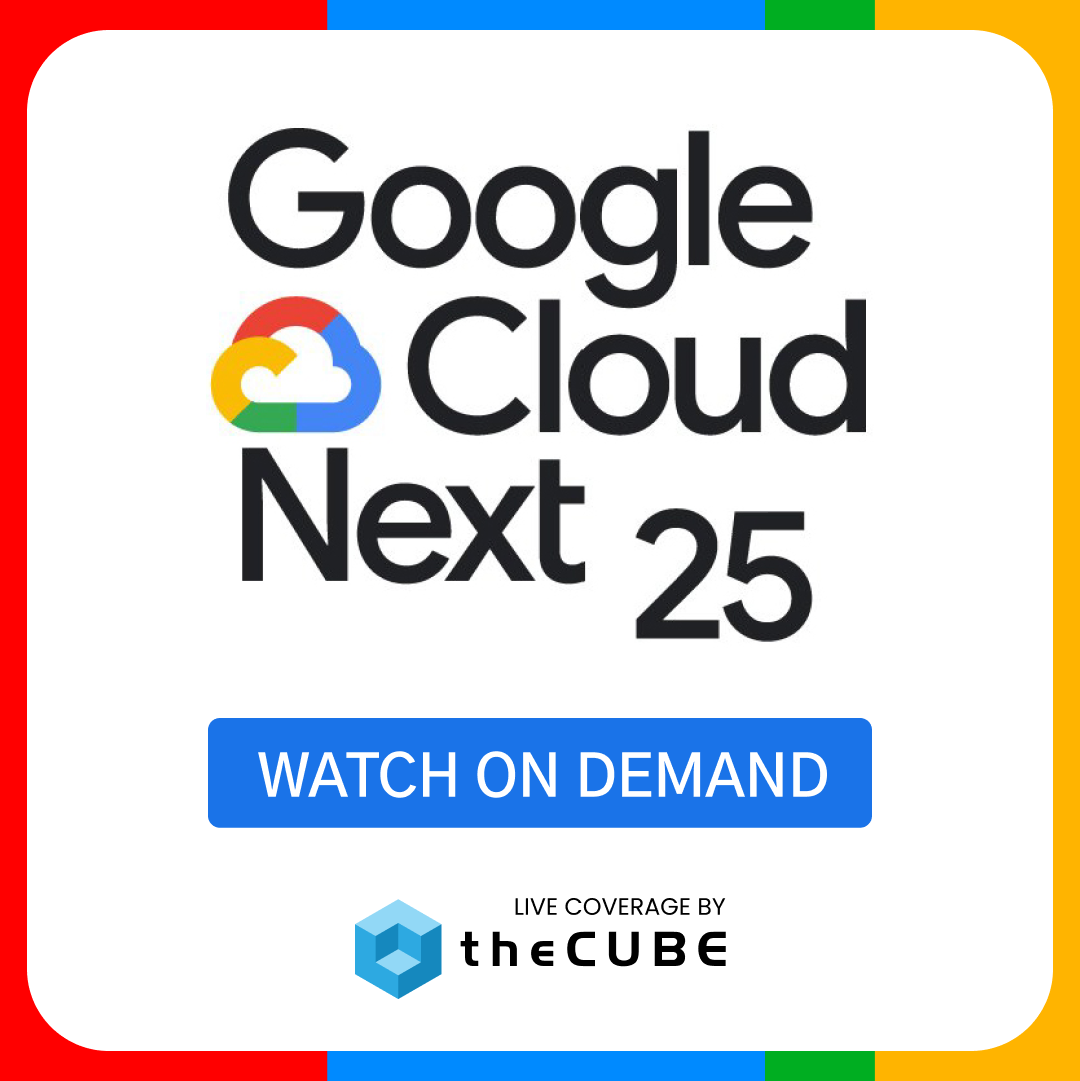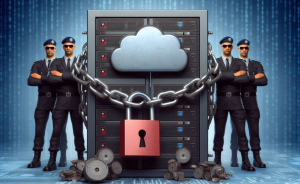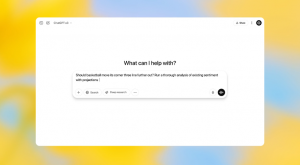Cloud Meets Big Data Meets…Customer Service?
![]() Tech companies have always needed to provide customer service on their products, but the model used to be simpler: You sold the product and told the customer the best way to contact you if a problem came up. In the old days, that meant contacting a call center with a live support team, perhaps in combination with some remote monitoring tools or other diagnostics for the technology. It was a react-to-the-problem approach.
Tech companies have always needed to provide customer service on their products, but the model used to be simpler: You sold the product and told the customer the best way to contact you if a problem came up. In the old days, that meant contacting a call center with a live support team, perhaps in combination with some remote monitoring tools or other diagnostics for the technology. It was a react-to-the-problem approach.
In the Cloud/Big Data era, things have gotten more challenging. First, as customers evaluate and begin to move to private or public cloud services and replacing their old technology, the equation gets changed. If it’s a public cloud, the service provider is now the face to the customer, with the tech firm in the background. (Think AT&T cloud “powered by” IBM technology, for example.) If it’s a private cloud, the customer is now working with IT in a new way, with virtualization at the core and sometimes best-of-breed technology that is pre-integrated from multiple vendors (example: EMC’s VCE initiative). In both cases, customer service needs a different model.
That’s one change. The other is that customer service operations are just starting to realize that they can improve their operations with their own “big data” – the massive amounts of data that they collect through customer support activities. The Technology Services Industry Association (TSIA) industry group actually offers an award to tech firms that use business intelligence and data analytics in the course of providing customer service (EMC has won two years in a row; other winners have included IBM, Symantec and Netezza). This is a more pro-active model: Figure out from the data what problems the customer might experience, and take steps to keep them from happening.
![]() At EMC World 2011, the company’s SVP-Customer Service Tony Kolish talked about this transformation going on in the customer services realm, and how EMC is taking advantage of new service tools and techniques. One new approach he called is an “early warning system” that, based on analytics regarding “the propensity for things to blow up at a customer,” EMC can be proactive to avoid problems from cropping up. With data analytics, Kolish said, “We can see there’s a set of circumstances at a customer that may represent an outage risk or an application failure risk. With these [Big Data] tools we can be pro-active on a whole other level regarding customer service.”
At EMC World 2011, the company’s SVP-Customer Service Tony Kolish talked about this transformation going on in the customer services realm, and how EMC is taking advantage of new service tools and techniques. One new approach he called is an “early warning system” that, based on analytics regarding “the propensity for things to blow up at a customer,” EMC can be proactive to avoid problems from cropping up. With data analytics, Kolish said, “We can see there’s a set of circumstances at a customer that may represent an outage risk or an application failure risk. With these [Big Data] tools we can be pro-active on a whole other level regarding customer service.”
Two years ago, when EMC launched its VCE initiative with partners Cisco and VMware, Kolish realized that customer support regarding VCE technology had to be a joint effort involving all the partners. He reached out to his support peers at Cisco and VMware and believes that they have a solid, collaborative support program in place.
With the recent fresh examples of poor customer support from Amazon and Sony in response to their system failures, the challenge is clearly on in the Cloud Era to deliver on customer support promises using every tool available, from telephone to chat to social networking tools, and more.
Watch live video from SiliconANGLE.com on Justin.tv
A message from John Furrier, co-founder of SiliconANGLE:
Your vote of support is important to us and it helps us keep the content FREE.
One click below supports our mission to provide free, deep, and relevant content.
Join our community on YouTube
Join the community that includes more than 15,000 #CubeAlumni experts, including Amazon.com CEO Andy Jassy, Dell Technologies founder and CEO Michael Dell, Intel CEO Pat Gelsinger, and many more luminaries and experts.
THANK YOU

















